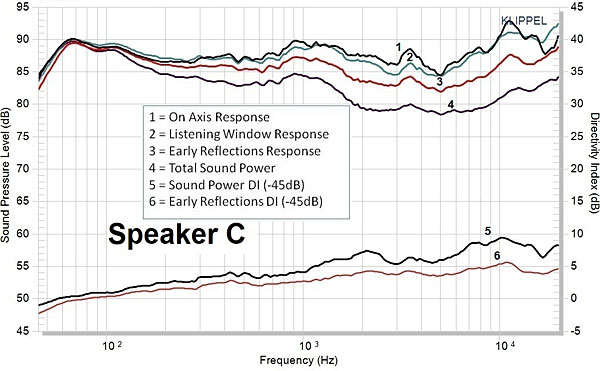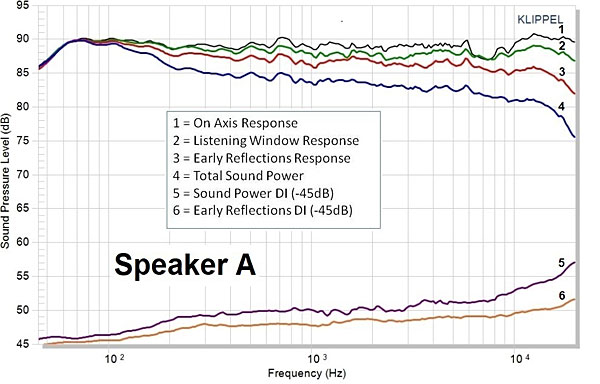| Columns Retired Columns & Blogs |
... how various other speakers would fare against the Revel products when using this method of comparison.
Would a Wilson speaker prove to be superior? What about a BBC type speaker, such as from Harbeth or Stirling or Graham? Or a PSB product developed using the NRC facilities? B&W, KEF and Dynaudio should be included, as well. Last, but not least, an Andrew Jones design from ELAC.
Other Stereophile reviewers should get their turn in Harman's listening lab, too.










































